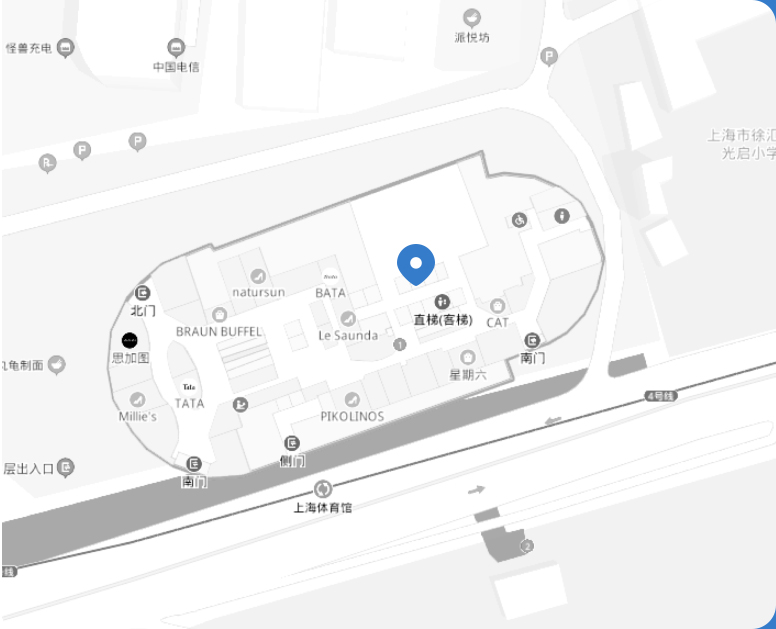托福阅读细节题通关秘籍:易错题全攻略 |
| 时间:2025-06-12 21:52:26 作者:网络 来源:网络 |
在托福阅读考试中,细节题作为高频题型(占比约 30%-40%),看似考查基础信息定位,实则是出题人设置陷阱的 “重灾区”。本文将从命题逻辑入手,结合考场真题案例,拆解细节题的三大陷阱类型与五步解题法,助你规避失分点,实现细节题正确率从 60% 到 90% 的突破。
1. 信息篡改型陷阱
- 偷换主体:原文讨论 “A 的影响”,选项改为 “B 的影响”(如将 “telegraph 对经济的作用” 改为 “pony express 的作用”)。
- 篡改限定:扩大或缩小范围(如原文 “some species” 改为 “all species”)、改变时间(“in the 20th century” 改为 “since the 19th century”)。
2. 逻辑混淆型陷阱
- 因果倒置:原文 “X 导致 Y”,选项改为 “Y 导致 X”。
- 无关比较:原文无对比关系,选项强行加入 “more...than...”(如原文未提及 “telegraph 比 pony express 成本低”,选项却设置成本对比)。
3. 无中生有型陷阱
- 选项内容在原文中完全没有对应信息(如真题中选项提到 “玛雅人种植抗旱作物”,但原文仅讨论灌溉技术)。
例题 1:事实细节题(TPO 真题改编)原文片段:
The invention of the steam engine in the 18th century revolutionized transportation by enabling factories to be built away from water sources. Prior to this, mills and factories were constrained to locations near rivers, as water power was the primary energy source. Steam engines allowed manufacturers to relocate to urban centers, where labor was more abundant and transportation networks were better developed.
题目:
According to the paragraph, the steam engine improved manufacturing in which way?
A. It reduced the cost of producing goods compared to water power.
B. It allowed factories to be built in areas with more workers.
C. It increased the efficiency of water-powered mills.
D. It enabled manufacturers to transport goods faster.
陷阱拆解:
- 正确项 B:对应原文 “relocate to urban centers, where labor was more abundant”,属于 “地点 + 劳动力” 的同义改写。
- 干扰项 A:原文未提及 “cost”(成本),属于无中生有。
- 干扰项 C:与原文矛盾,蒸汽引擎 “取代水力” 而非 “提升水力效率”。
- 干扰项 D:偷换概念,原文讨论 “工厂选址” 而非 “货物运输速度”。
例题 2:EXCEPT 细节题(2025 年 3 月真题)原文片段:
The Anasazi people of the American Southwest developed complex architectural systems to adapt to arid environments. They constructed cliff dwellings with multiple stories, which provided natural insulation against temperature extremes. Additionally, they built reservoirs to collect rainwater and designed pueblos with open plazas for community gatherings. These structures also incorporated defensive features, such as narrow entryways, to protect against invasions.
题目:
All of the following are mentioned as Anasazi architectural adaptations EXCEPT:
A. Multi-story cliff dwellings for temperature control
B. Reservoirs for water collection
C. Open plazas for social activities
D. Underground tunnels for crop storage
陷阱拆解:
- 定位原文:A(cliff dwellings)、B(reservoirs)、C(open plazas)均明确提及。
- 干扰项 D:原文未提及 “underground tunnels”,属于无中生有,符合 EXCEPT 要求。考生易因 “arid environments” 主观联想 “地下储粮”,忽略原文无依据。
三、细节题五步破题法(附考场实操技巧)
第 1 步:关键词锚定(10 秒)
- 圈出题干中的名词(如 steam engine, Anasazi)、数字(18th century)、限定词(only, except),快速定位原文段落。
- 技巧:若关键词在原文多次出现,结合上下文逻辑(如因果词 because, 转折词 but)缩小范围。
第 2 步:原文扫描(20 秒)
- 用 “扫读 + 精读” 结合的方式:先快速浏览段落找到关键词位置,再精读关键词所在的 1-2 句话,标记核心信息(如主语、谓语、宾语)。
- 示例:原文 “Steam engines allowed manufacturers to relocate to urban centers” 中,核心信息为 “relocate to urban centers”(地点转移)。
第 3 步:选项切片(15 秒)
- 将每个选项拆分为 2-3 个信息片段,与原文逐一比对。
- 示例:选项 B “factories built in areas with more workers” 可拆分为 “factories built”“areas”“more workers”,对应原文 “relocate to urban centers”“labor was more abundant”。
第 4 步:陷阱排除(15 秒)
- 遇到以下情况直接排除:
▶ 选项出现原文未提及的名词(如 cost, tunnels);
▶ 主语 / 宾语与原文不一致(如将 “manufacturers” 改为 “traders”);
▶ 逻辑词与原文矛盾(如原文因果关系被改为转折)。
第 5 步:逆向验证(10 秒)
- 用正确选项反推原文,确认是否存在 “100% 对应” 的证据,避免 “部分信息正确但整体偏离” 的陷阱。
四、学科高频陷阱词分类整理
1. 自然科学类
- 易混淆词:
photosynthesis(光合作用)vs. photography(摄影)
erosion(侵蚀)vs. erosion(注意拼写正确,无干扰词但易拼错)
- 限定词陷阱:
原文 “in certain regions” → 选项 “in all regions”
2. 人文历史类
- 偷换概念:
原文 “domesticate animals”(驯化动物)→ 选项 “dominant animals”(主导动物)
- 时间陷阱:
原文 “in the 19th century” → 选项 “since the 19th century”(扩大时间范围)
|
关键字:托福,托福考试,托福备考,托福真题
|


